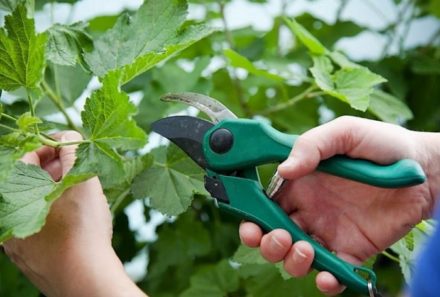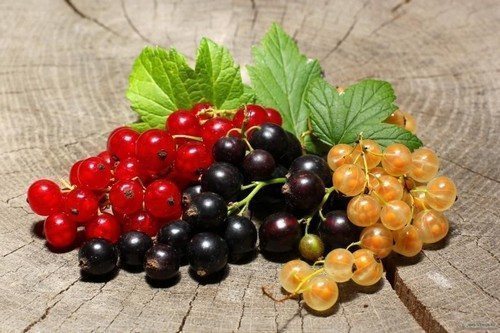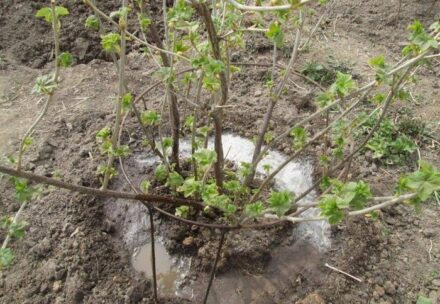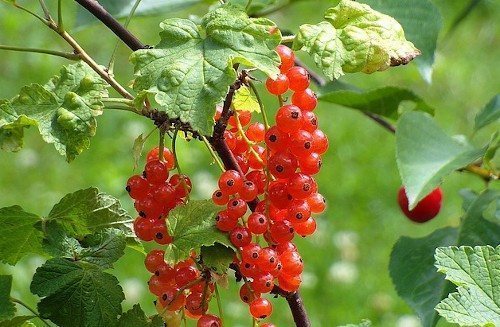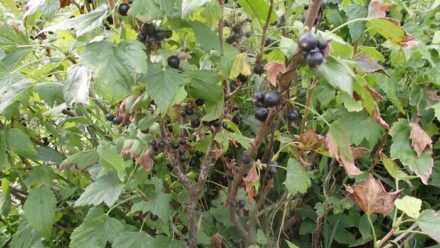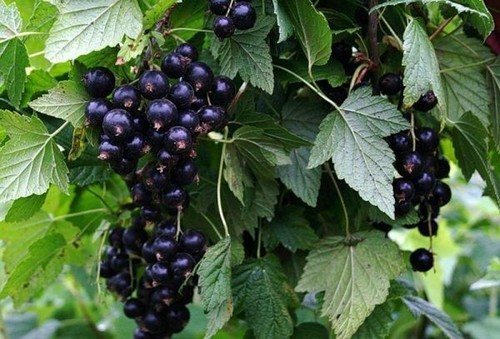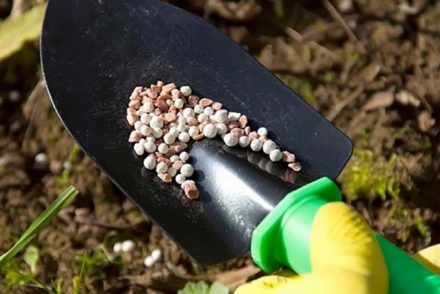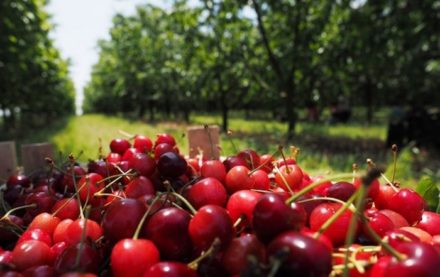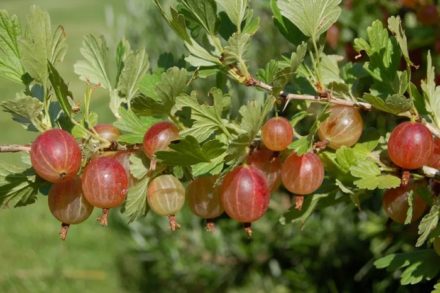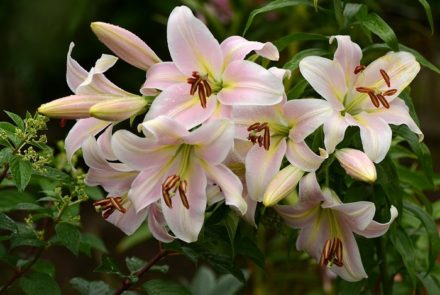Inexperienced gardeners sometimes believe that harvesting currants does away with caring for the bushes. Or they make mistakes that subsequently lead to unpredictable results. This is fundamentally wrong. Bushes need decent care, even more careful than during flowering.
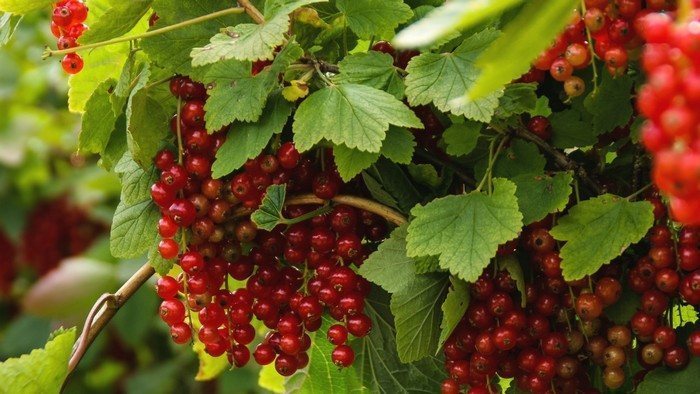
Wrong actions after fruiting can be prevented if you use the recommendations that give you a chance to get a good harvest in the new year.
Stop watering
And this is a wrong decision. Currants suffer due to lack of moisture. After all, during this period the flower buds of the new harvest are laid. And in the new season, the bushes will slow down, the fruits will be small and dry, the skin will become dense and thick. On the other hand, excessive watering will cause cracking of the new crop. As well as the appearance of fungal diseases and root rot.
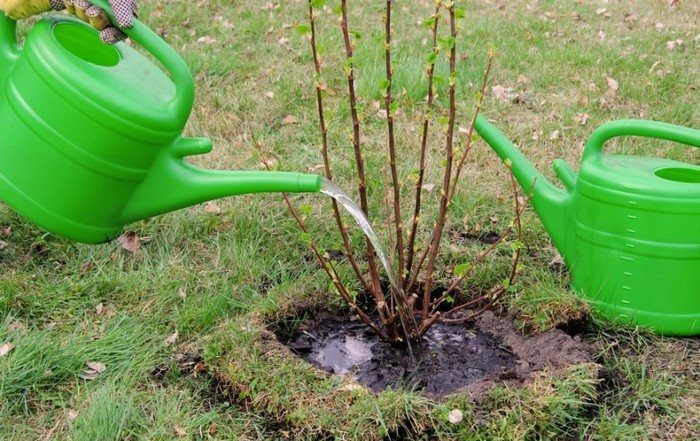
After the harvest is complete, the plant is watered. Water should flow 40 cm deep. For such irrigation you will need 20–50 liters of water per bush.
Suspending feeding until spring
Quite the opposite. The development of bushes and fruiting took a lot of elements necessary for the plant. The soil is depleted, and preparations for winter and the future harvest lie ahead.
Currants love organic fertilizers and respond well to them. But after fruiting, exclusively mineral compounds are added.
Before fertilizing, the soil is disinfected with a solution of laundry soap or potassium permanganate. For 1 sq. m of soil, 50 g of superphosphate is consumed with the addition of 30 g of calcium chloride salt.
Refusal to mulch
Wrong decision. Thanks to mulch, moisture evaporation slows down. The rate of growth of weeds, which absorb the nutrients the bushes need to recover after fruiting, is reduced.
A layer of mulch 4–5 cm thick under the bush will never harm the roots of the plant. Mulch with peat, humus, straw, and mown grass.
Delay pruning
Beginning gardeners believe that pruning after fruiting is not necessary. And it should be postponed until autumn. This is a wrong opinion. Dense bushes will produce fewer berries in the future. If, after fruiting, you get rid of unnecessary branches and leaves that continue to feed on juices, then the plant will direct its energy to laying the buds of a new crop. After fruiting, injured, diseased, dry or infected branches are removed. Branches older than five years are also pruned.
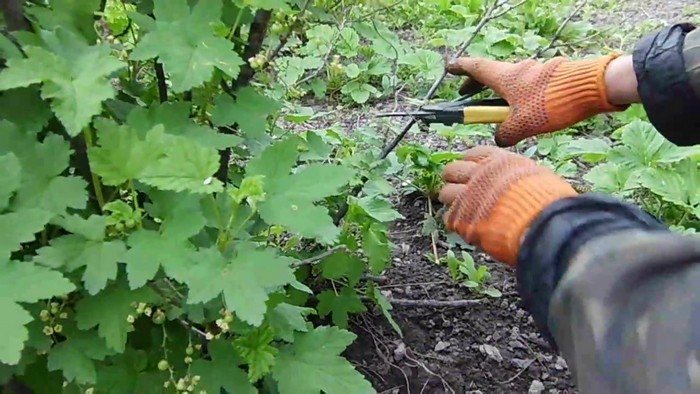
Pause in pest control
This should not be allowed, as the currants are sick and susceptible to pests throughout the season. Therefore, prevention after fruiting will not hurt. The main preparation for spraying at this time is Bordeaux mixture.
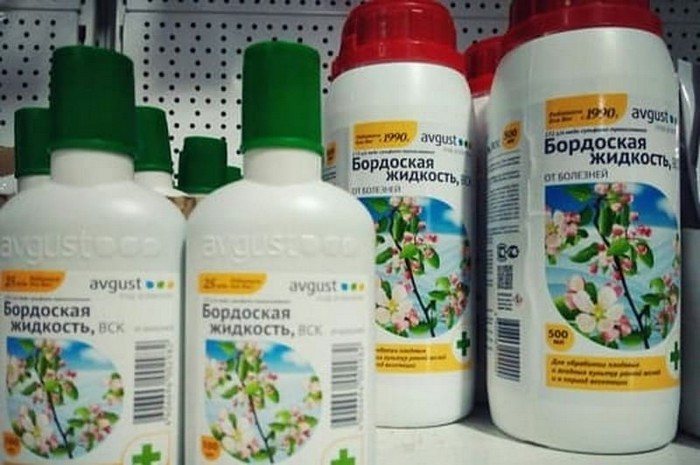
During the period after fruiting, not a single agrotechnical measure is abandoned. All of them are aimed at maintaining the strength lost by the plant during the period of ripening and harvesting, and at the future fate of the harvest.


